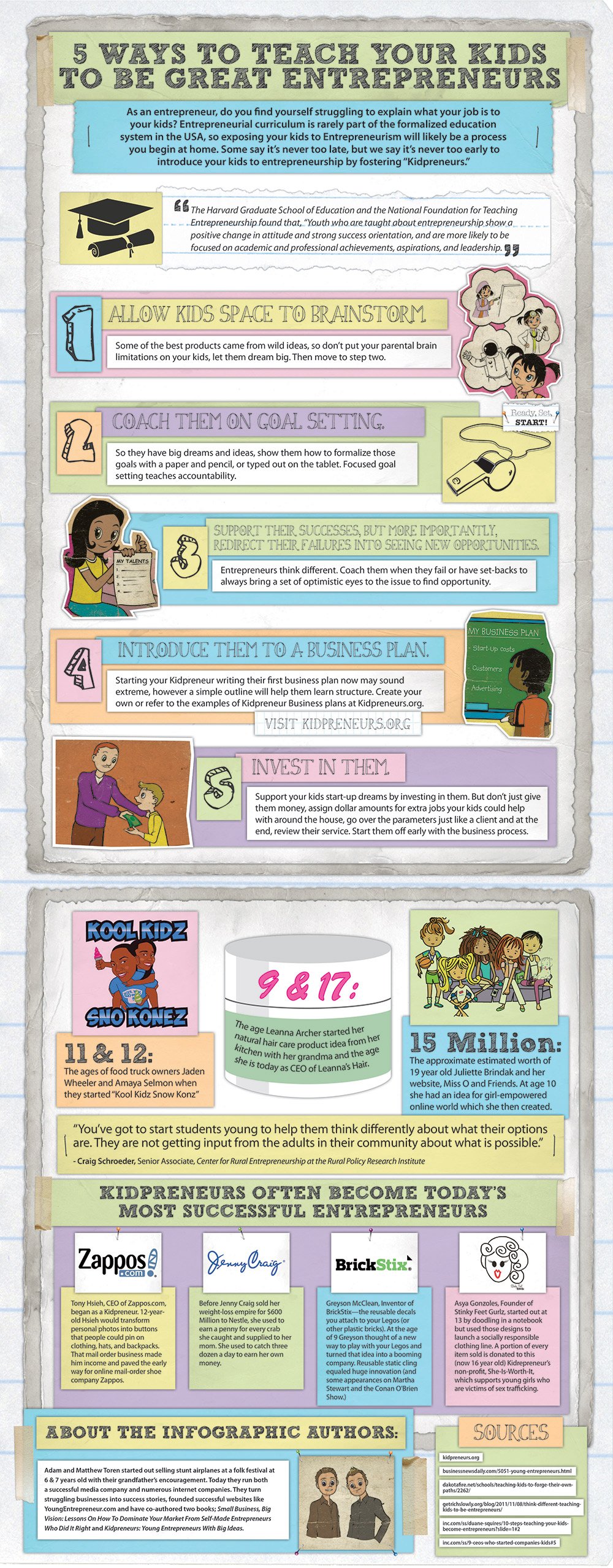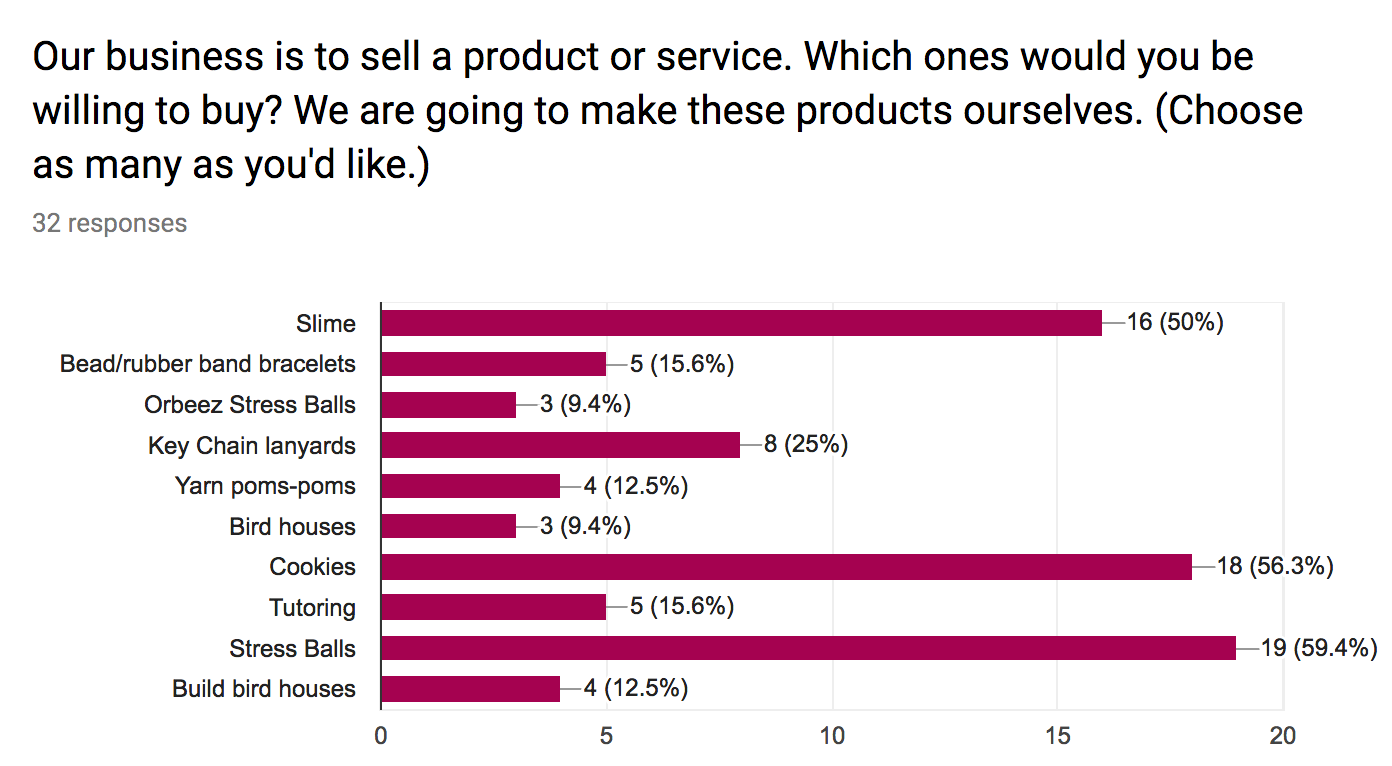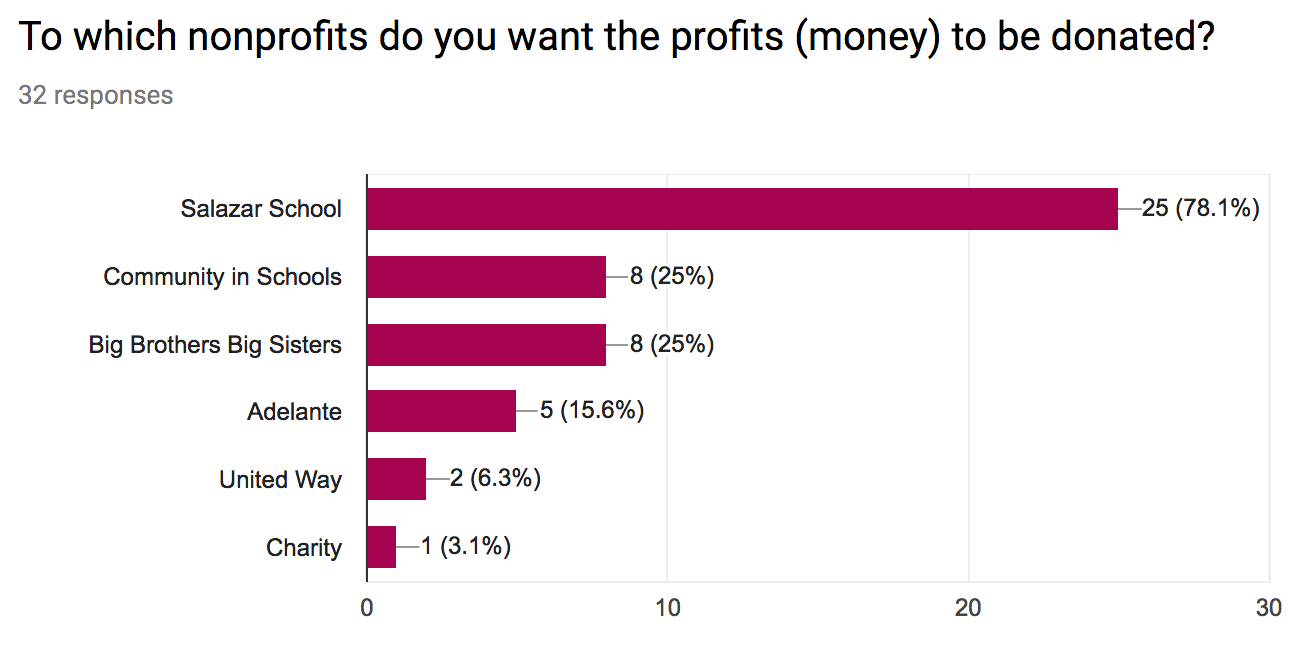Elementary Social Entrepreneurship: A Perfect STEAM Lesson
I have done a social entrepreneurship unit with two groups of gifted students, grades 2nd through 5th. It was one of my favorite units . . . ever, and from their reactions, I believe it was one of theirs, too. I call it a perfect STEAM (science, technology, engineering, arts, and math) unit. The first part of this post explains some of the rationale for this project, and the second part describes the unit, itself.
Why a Unit on Social Entrepreneurship
First, I wanted my learners, who are from lower income families, to develop both an entrepreneur mindset and entrepreneur skills along with the creativity and innovation that comes with these skills.
Entrepreneurship education benefits students from all socioeconomic backgrounds because it teaches kids to think outside the box and nurtures unconventional talents and skills. Furthermore, it creates opportunity, ensures social justice, instills confidence and stimulates the economy. Because entrepreneurship can, and should, promote economic opportunity, it can serve as an agent of social justice. Furthermore, entrepreneurship has historically spurred minorities, women and immigrants to create better lives for themselves and their families. (Why Schools Should Teach Entrepreneurship)
Second, not only did I want my learners to gain entrepreneur skills, I wanted them to experience the benefits of starting a company in order to raise money to give to a “cause” also known as a form of social entrepreneurship.
Not every child is temperamentally suited to be a social entrepreneur. Not every child is suited to be a scientist, mathematician, or artist. But elementary school-age kids do have the natural curiosity, imagination, drive, and ability to come up with innovative ways to change the world for the better. By exposing our kids to a variety of disciplines, including social entrepreneurship, we are teaching them they have what it takes to “be the change.” One well-known expert on social entrepreneurship, David Bornstein, puts it this way: Once an individual has experienced the power of social entrepreneurship, he or she will “never go back to being a passive actor in society.” (Young Kids Need to Learn About Social Entrepreneurship)
Third, this unit met my own criteria for an effective and powerful unit:
- Instructional challenges are hands-on, experiential, and naturally engaging for learners.
- Learning tasks are authentic, relevant, and promote life skills outside of the formal classroom.
- The challenges are designed to be novel, and create excitement and joy for learners.
- Learner choice and voice are valued.
- Lessons address cross curricular standards. They are interdisciplinary (like life) where multiple, cross-curricular content areas are integrated into the instructional activities.
- Learning activities get learners interested in and excited about a broad array of topics especially in the areas of science, engineering, math, language arts, and the arts.
- Communication, collaboration, and problem solving are built into the learning process.
- Reading and writing are integrated into the learning activities in the form of fun, interesting books and stories, and writing stories, narratives, journalistic reports.
- Educational technology is incorporated with a focus on assisting with the learning activities not to learn technology just for the sake of learning it.
- There is a natural building of social emotional skills – tolerance for frustration, expression of needs, working as a team.
Schedule of Learning Activities
Here was the schedule of learning activities I used for this unit:
- Introduction
- Video
- Online Games
- Kidpreneurs
- Market Survey – Google Form
- Analyzing Results, Deciding of Products, Testing Products
- Expense Sheet – Expenses and Assets
- Business Plan
- Promotional Flyer
- Sales and Record Sheet
Introduction
Video. Learners were introduced to entrepreneurship with the following video:
Kidpreneur Readings and Workbook. We began reading the Kidpreneurs’ book (free book can be ordered at https://kidpreneursbook.com/free-book) and doing exercises from the accompanying workbook – these readings and exercises continued throughout the unit. Here is an infographic from the authors of these books:

Online Games. They were then given the opportunity to play some online games that focus on entrepreneurship:
- Lemonade Stand – http://www.coolmath-games.com/0-lemonade-stand
- Coffee Shop – http://www.coolmath-games.com/0-coffee-shop
- Building Rush – https://www.coolmath-games.com/0-building-rush
- Cookie Tycoon – http://www.addictinggames.com/strategy-games/cookietycoon.jsp
- The Uber Game – https://ig.ft.com/uber-game/
Market Survey
Based on their own interests and hobbies (and with the help of the Kidpreneur workbook), my learners decided on possible products they could sell, and with my help, added possible organizations where profits would go. They developed a market survey from this information:
Analyzing Results, Deciding of Products, Testing Products
Learners requested that their respective classes and family members take their survey. It was quite a treat watching them continually examine the graphs found on the Google form response page. Here is an example from one student:


From the results, they decided to sell Orbeez Stress Balls and glitter slime donating the profits to our school. They tested out making these products – different sizes and slime recipes – to discover which would be best for production.
Expense Form
I acted as the bank and purchased the materials for the learners to make Orbeez Stress Balls and Slime. I saved the receipts, made copies of them, and had each learner create her or his Google sheet to record expenses.
(Still making sales – students will update income this coming week.)
Business Plan
From all of this information, the learners developed a business plan using the following Kids-Business-Plan simplified for kids. It included:
- Their business name – Gifted Community Craft Story
- Startup costs
- Cost per item
- Marketing strategies
Promotional Flyer
The learners created the following promotional flyer using Google Docs. Luckily, our school has a color printer so I was able to print them out in color for the learners to post throughout the school.
Sales and Record Sheet
Another document created by the learners was the order form:
Highlights – Selling, Making, Packaging, and Delivering the Products
Students Delivering Raised Monies to the Selected Nonprofit – The Interfaith Community Shelter
Additional Resources
- Ten Helpful Tips To Becoming An Kidpreneur [a kid that is an entrepreneur] https://www.huffingtonpost.com/entry/ten-helpful-tips-to-becoming-an-kidpreneur-a-kid-that_us_58d42f17e4b0f633072b35c6?ncid=engmodushpmg00000004
- Lesson Plans – Teaching Entrepreneurship http://www.teachingentrepreneurship.org/category/lesson-plans/
- Little Entrepreneurs: Business For Kids http://www.bschool.com/little-entrepreneurs-business-for-kids/

Looks interesting. Would you be able to call out where you see the arts education in this unit?
Robert Bullwinkel
May 15, 2018 at 4:09 pm
Art was used in designing their promotional flyers, their labels; in creating different colored slime accented with glitter.
Jackie Gerstein, Ed.D.
May 15, 2018 at 9:56 pm
I see…were there particular arts standards that were taught, e.g. color theory for paint mixing? or was this simply experiential in nature?
Robert Bullwinkel
May 16, 2018 at 1:52 am
Giving children the ability to plan out owning their own business and understand the process and responsibility at such a young age is priceless. I wish entrepreneurship had been part of my education growing up, because it has certainly been a lot for me to learn on the spot, especially while hosting my business website. I’ve had to learn quickly in many fields, including realizing that I needed to buy dedicated server, just to have my website operate and load at appropriate speeds for my customers. The samples and examples you have provided are fantastic!
Dennis
May 18, 2018 at 5:53 pm